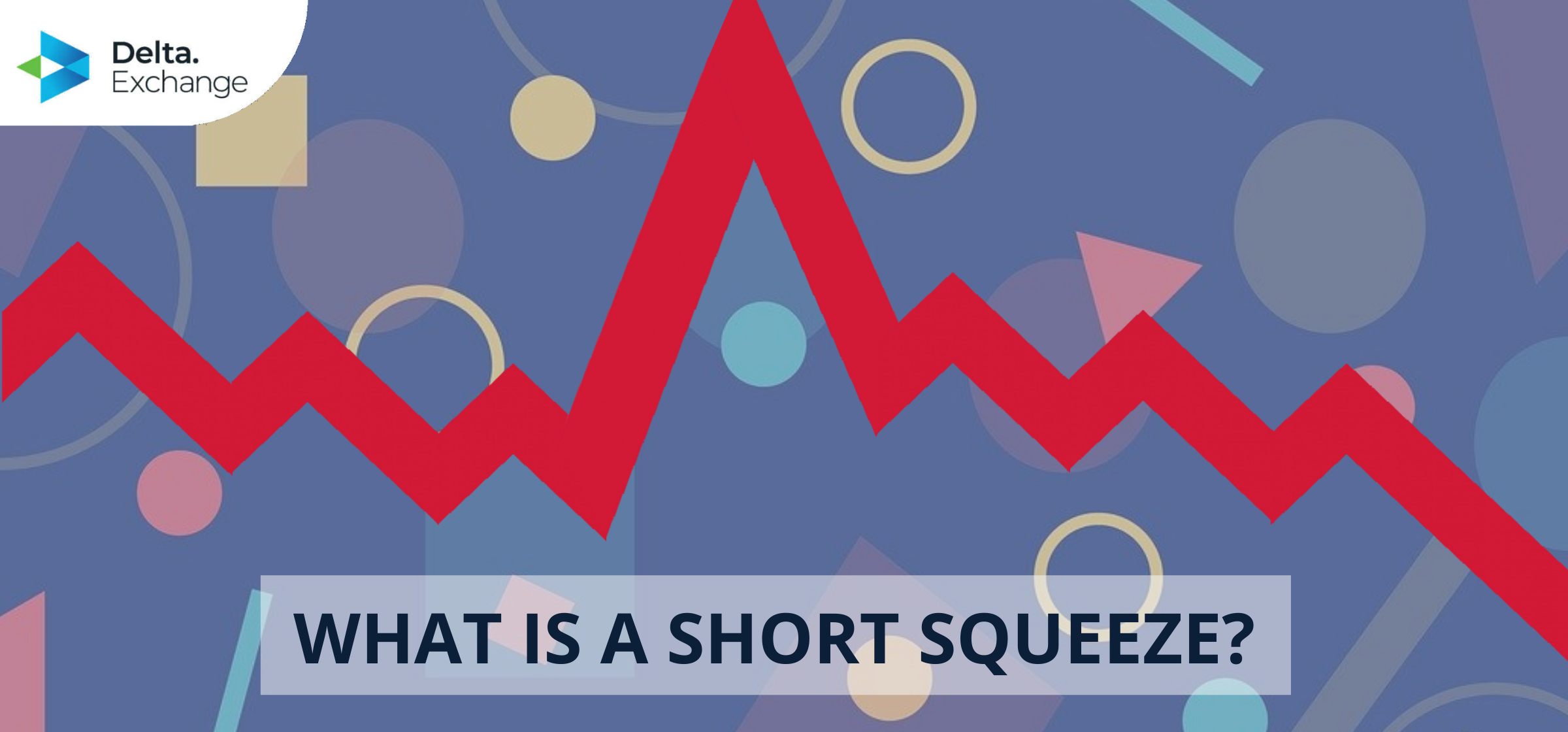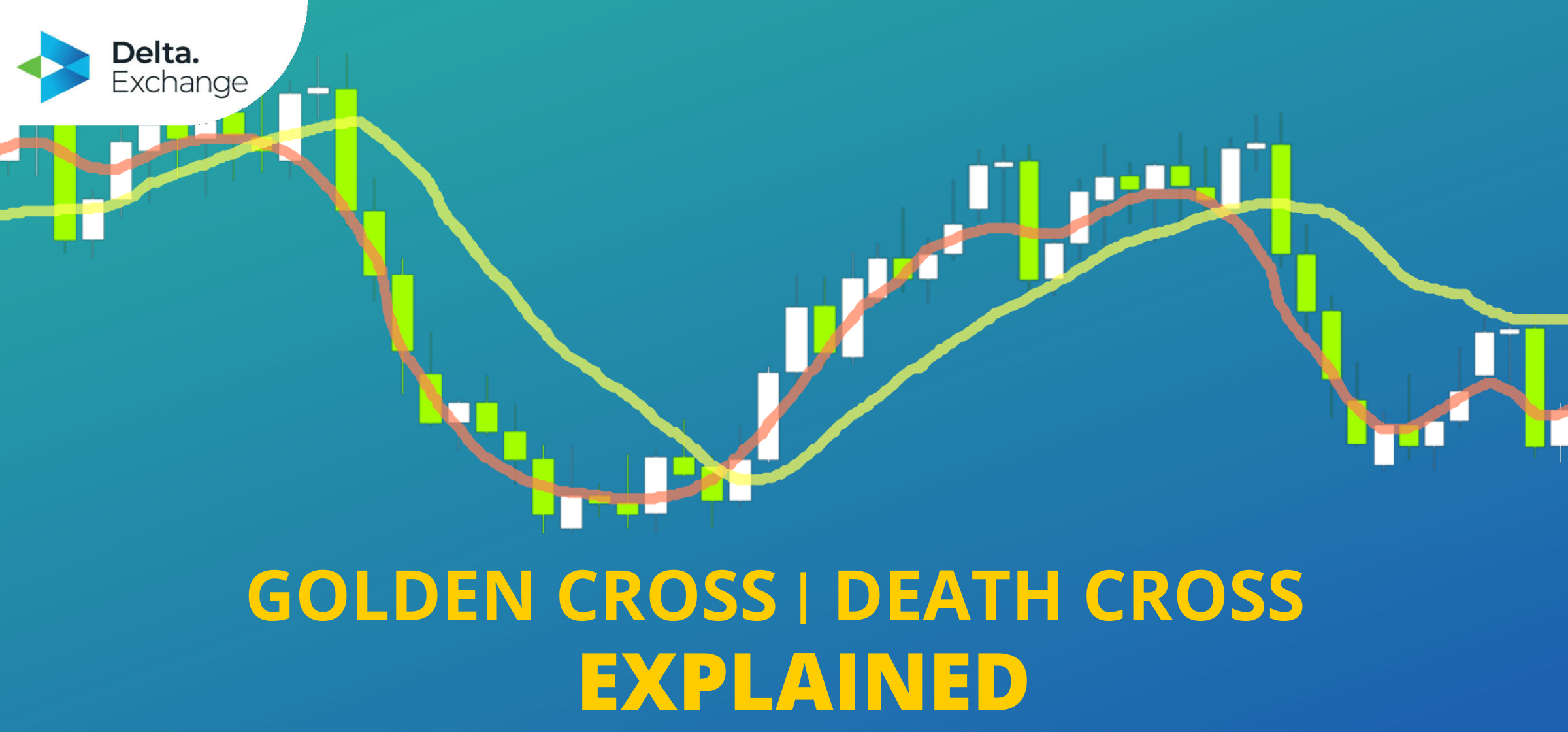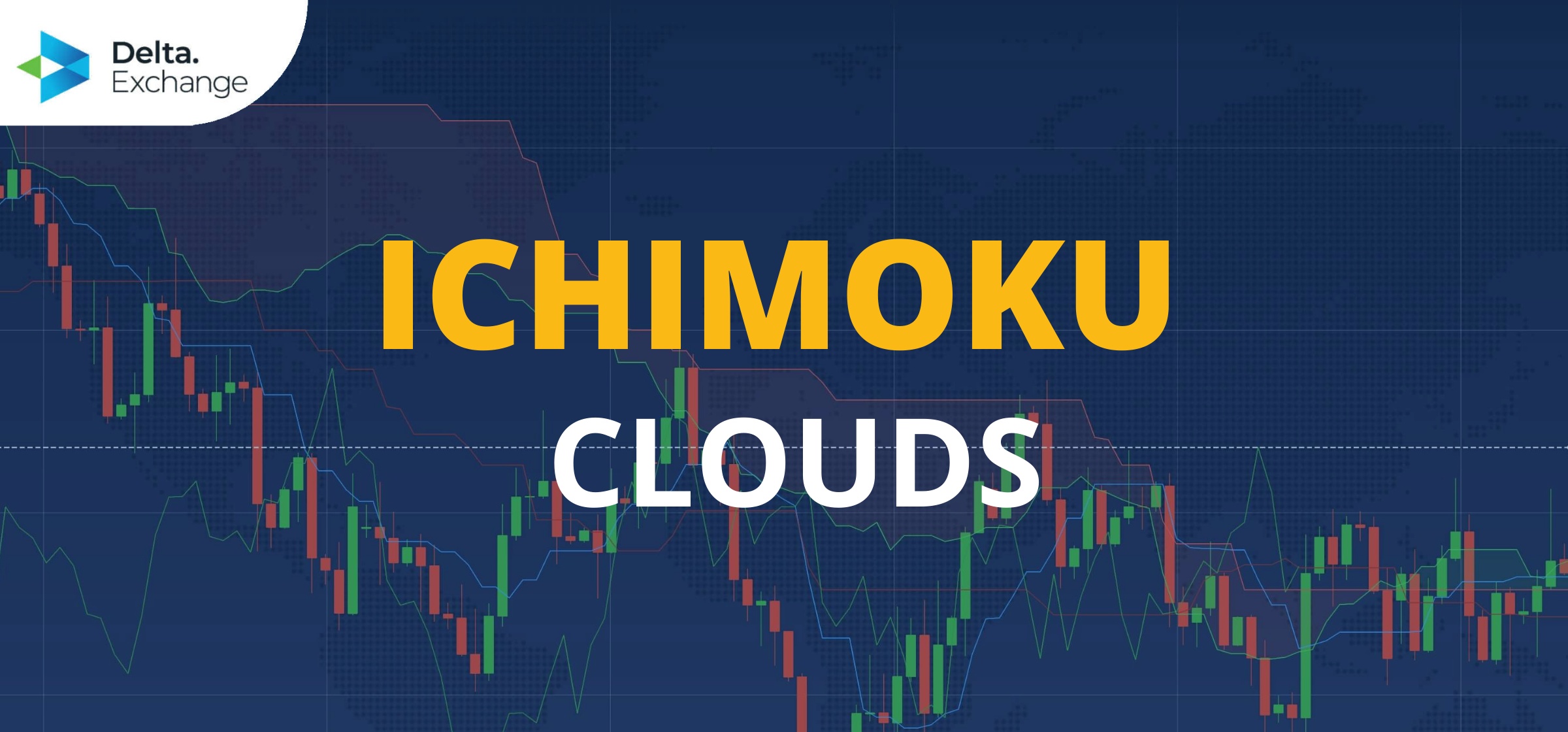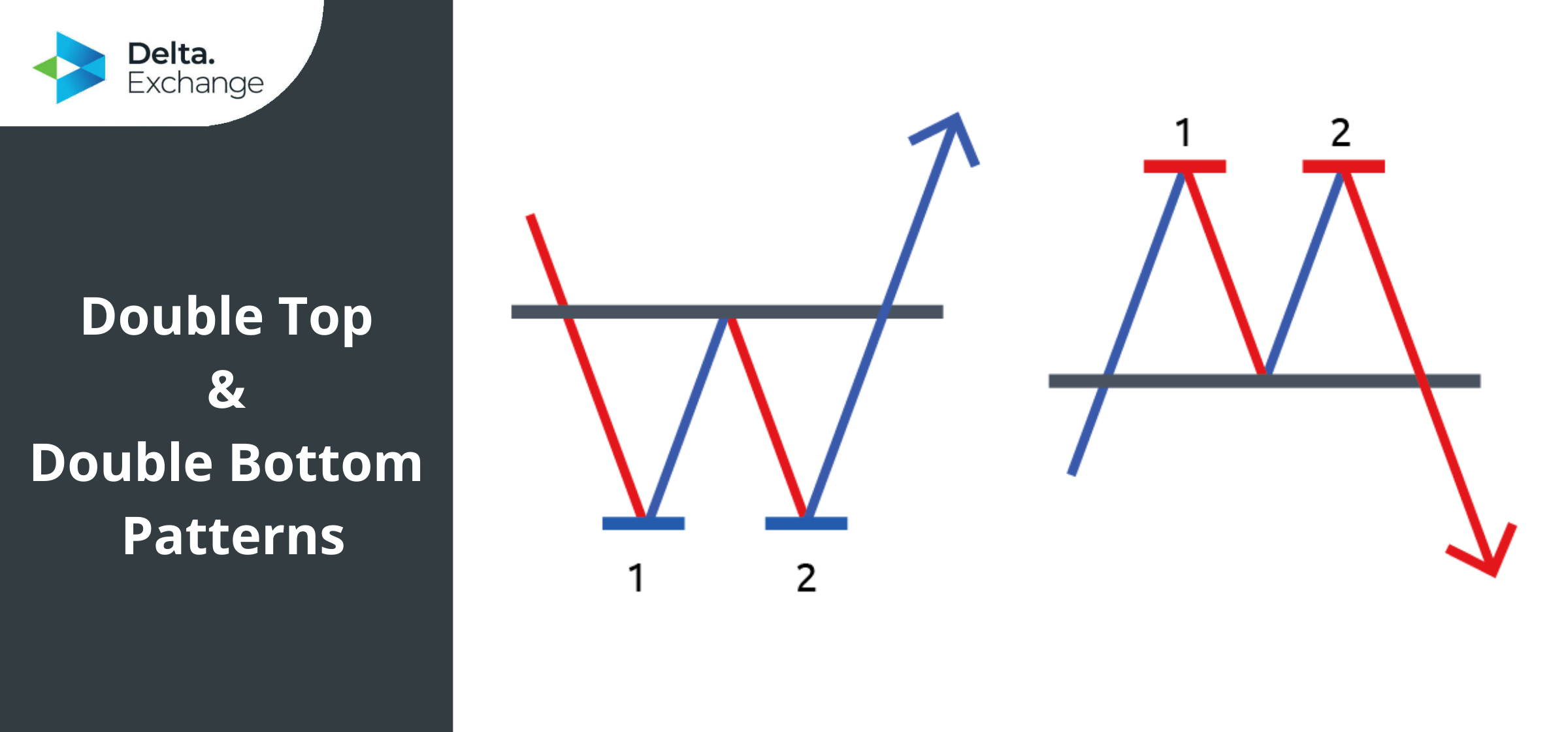Educational
July 1, 2021
What Is A Short Squeeze?
Shubham GoyalProduct Specialist
Trading the financial market, especially the stock market, is a game of wits and proven strategies. The risks inherent in the market (stock, crypto, etc) could make one run at losses, especially for newbies. Besides, it is no news that some of the financial markets are manipulated. So how do traders or investors avoid getting caught in the web of these manipulations? Strategies which must have been tried and tested on the financial market whether traditional or cryptocurrency would need to be deployed. These strategies may not have a 100% success rate, however, if a trader has got more wins than losses– as there are bound to be bad days- then it’ll mostly be a rosy ride.
The strategies one may adopt is dependent on what kind of trader one is– either a day trader or long term trader. Being a day trader means trading on a short term basis. Many day traders adopt the short selling trading strategy which allows them to predict that the price of a stock would decline within a few days. In contrast, long term traders and some day traders adopt the buy low, sell high strategy, which is the most common strategy adopted in the financial market. Traders using this strategy buy an asset, stock, commodity or cryptocurrency, let’s say at $10 per unit and then sell at say $15. With that, they are able to make $5 off of each unit of the asset. The total profit made is determined by the amount of the asset they bought at the $10 cost.
What is Short-Selling?
Short selling is profitable and likewise risky. In simple terms, it is a high-risk, high-reward trading strategy. Traders who use this strategy have to be circumspect in their analysis. They analyse either a company’s stock, an asset or a commodity just for the purpose of short selling on them. Short-selling traders predict that a stock’s price would decline within a certain timeframe- days, weeks. But first, they have to borrow the stock from a broker and then sell it immediately after which they wait for their analysis to play out. However, not all stocks are borrowable. A stock is said to be borrowable when a broker has enough of such stock that he can lend out.
Short-selling traders profit from the drop in a stock’s price, which means that they short the price of the stock. In other words, they are selling high and buying low. On the other hand, traders who profit from the increase in the price of an asset long sell or long it. So a trader can make money both ways. However, short selling a stock is more profitable because a trader does not have to own the stock before he can sell. As already mentioned, he borrows the stock as long as it is borrowable. Hence he makes money off of an asset he does not own. With long-selling or long-term traders, they have to own the stock while waiting for a price uptrend. Sometimes, it takes longer; in some cases, their sell price hits the target in a few hours or days. Although things can get really bad while waiting for the price to increase, thereby making the trade go against him and he loses money. But if he loses money, it is his money because he bought the stock rather than short selling.
How risky is Short-Selling?
While there are great benefits for a trader who plans to short sell, the risk inherent in short selling is greater. If the short sell analysis does not work out as planned, the trader will be on a massive loss if the price of the stock goes high unexpectedly. To hedge against loss, he tries to buy the stock again so he can return the borrowed stock. Meanwhile, he is already running at loss and has to refund more to the broker. The amount of money he has with him can only buy less units of a stock, as the price of the stock increases. As himself and other short-selling traders try to get back into the stock, this drives the price further up in a short duration- few minutes or hours- before it retraces. Of course, it’s a simple economic concept- more demand equals price increase. When this happens, it is known as a short squeeze.
What is a Short Squeeze?
A short squeeze is an unexpected and sudden increase in the price of a stock or an asset within a limited period. This happens when a company’s share trading at $5 suddenly moves to perhaps $200 in a few minutes or an hour, thereby giving maximum profit to those who own some shares or increasing the market capitalization of such a company. Now, this could happen due to a number of reasons- a positive announcement from a company indicating partnership or the launch of a new product, or more buyers’ interest in the stock.
Why Short Squeezes Occur?
A short squeeze plays out when there is a significant number of short sellers who are trying to minimize their losses and exit their initial positions. Since short sellers borrow stocks, they have to return the borrowed stocks to the broker on a particular date, according to the agreement. This is not a physical transaction as it takes place online and automatically. Now, short sellers borrow the stocks because they believe that the price will decline after a few days. If their analysis plays out, they are able to make money off the price drop. If it does not, they would pay more because they have to buy the stocks at a higher price and refund the broker the initial stock borrowing plus the amount resulting from the loss.
When the price of the stock keeps going up, short sellers exit their initial position by setting a buy order at a higher price, further driving the price higher. If the price keeps shooting up, other traders who may be looking to make quick profits off of the increase get attracted. The combined efforts of frantic short sellers and the new buyers gives the stock’s price an unexpected boost. The impact of the actions of these traders, especially short sellers, on the stock’s price is what is regarded as short squeeze. Short sellers are squeezed out of their short positions although at a loss.
FuturesTrade Futures & Perpetual Swaps on 25+ crypto assets, with up to 100x leverage
OptionsTrade call, put or MOVE options on BTC, ETH, BNB and LINK
Interest Rate SwapsInterest rate derivatives that enable swap of fixed-floating rates
Mock Trading PlatformLearn Crypto Derivatives trading without risking real capital
Research & AnalyticsExclusive data, charts and analytics to help you trade smarter













